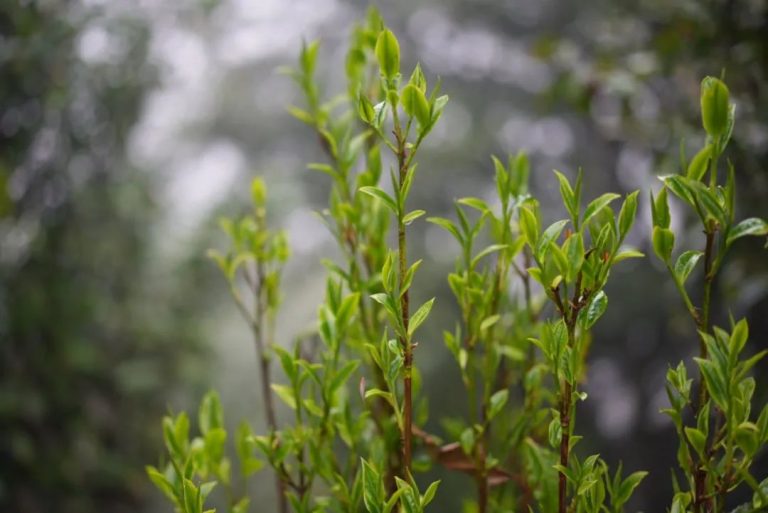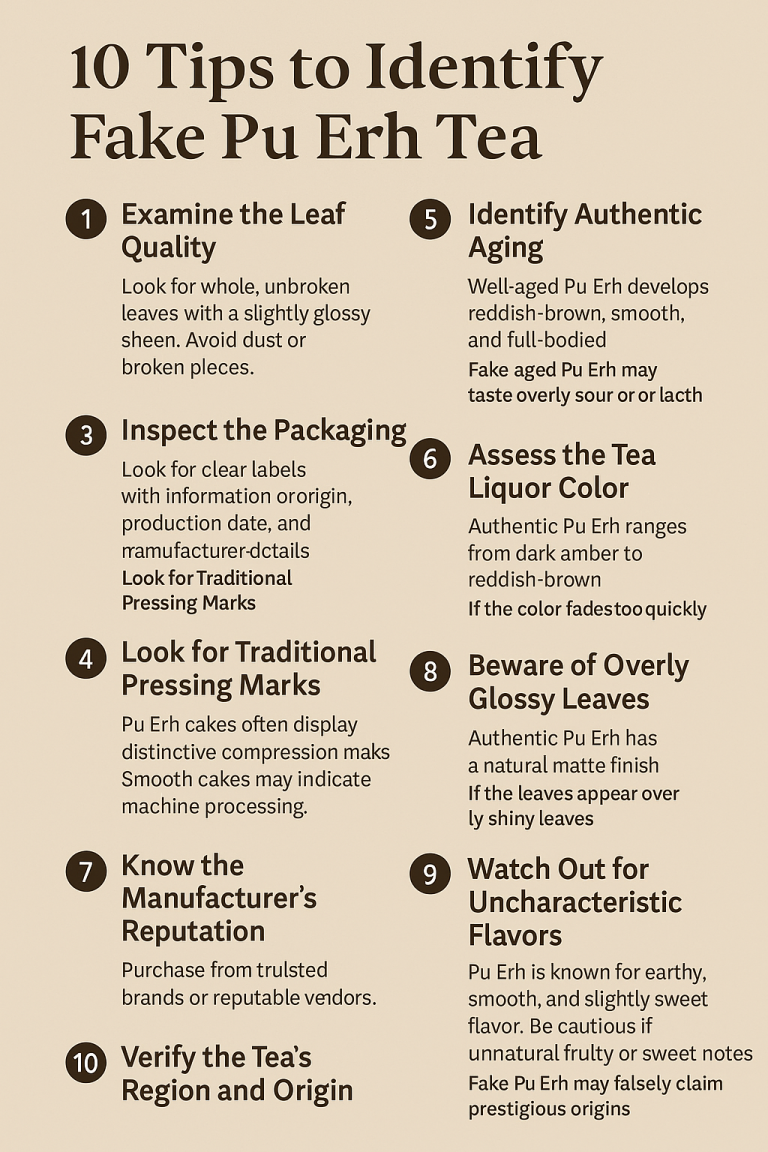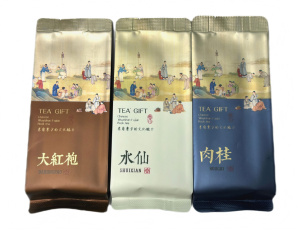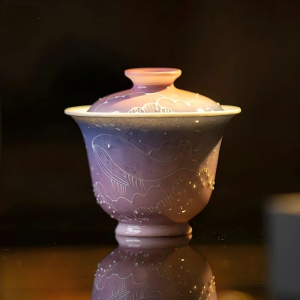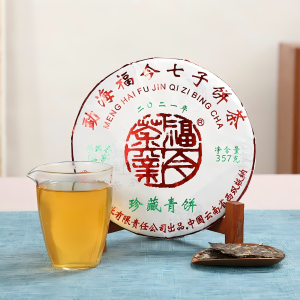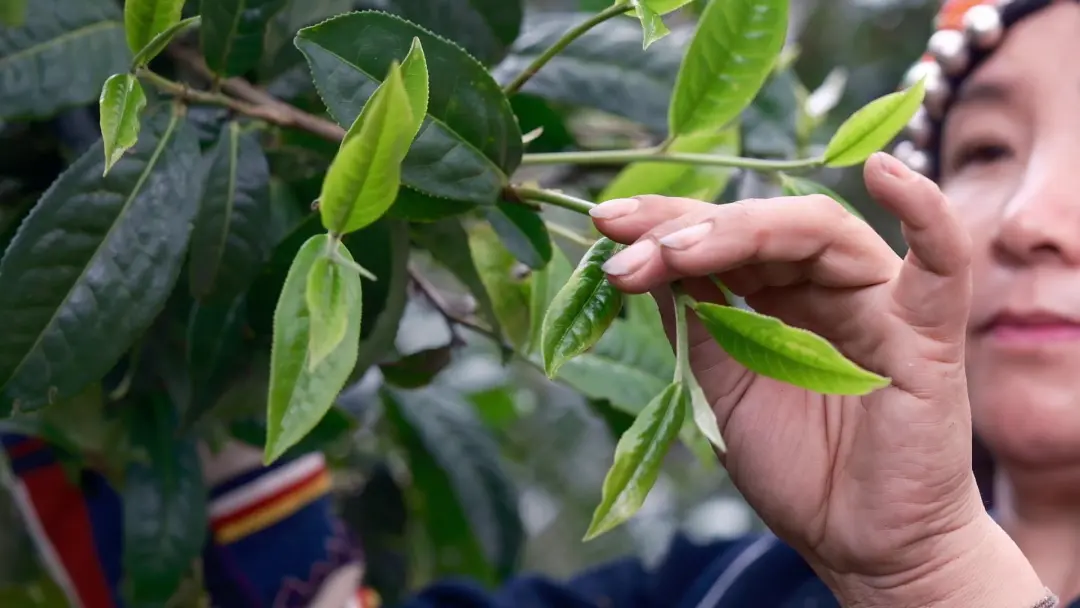
Pu Erh tea, known as “Pu’er” in Chinese, is a fermented tea from the Yunnan province in China. Among the various types of Pu Erh tea, Pu Erh Spring Tea holds a special place due to its unique characteristics and flavor profile. This article will delve into what Pu Erh Spring Tea is, how it is produced, and why it is highly regarded among tea enthusiasts.
The Origins of Pu Erh Tea
Pu Erh tea has a long history that dates back centuries. It is believed to have been first produced during the Tang Dynasty (618-907 AD) and gained significant popularity during the Ming (1368-1644 AD) and Qing (1644-1912 AD) Dynasties. The name “Pu Erh” is derived from the Pu’er city in Yunnan, which was an important trading center for tea in ancient times.
What Makes Pu Erh Spring Tea Special?
Pu Erh Spring Tea is made from the tender buds and leaves of the tea plants that are harvested in the spring season. Spring is considered the best time to harvest tea leaves because the plants have had a chance to store nutrients over the winter, resulting in leaves that are rich in flavor and aroma. Here are some key features that distinguish Pu Erh Spring Tea:
1. Freshness and Tenderness
The young buds and leaves picked in spring are extremely tender and fresh. This freshness translates into a delicate and smooth flavor that is highly sought after by tea connoisseurs.
2. Rich Aroma
Pu Erh Spring Tea often has a complex and fragrant aroma. The scent can range from floral and fruity to earthy and woody, depending on the specific variety and processing methods.
3. Unique Fermentation Process
One of the defining characteristics of Pu Erh tea is its fermentation process. Unlike green tea, which is unfermented, and black tea, which is fully fermented, Pu Erh tea undergoes a microbial fermentation process. This fermentation can occur either through natural aging (known as “raw” or “sheng” Pu Erh) or through a controlled piling process (known as “ripe” or “shou” Pu Erh). Spring tea is typically processed as raw Pu Erh, allowing it to develop its flavors over time.
4. Health Benefits
Pu Erh tea is renowned for its numerous health benefits. It is believed to aid in digestion, reduce cholesterol levels, and promote weight loss. Additionally, the antioxidants present in Pu Erh tea can help combat free radicals in the body, contributing to overall health and well-being.
How is Pu Erh Spring Tea Produced?
The production of Pu Erh Spring Tea involves several meticulous steps:
- Harvesting: The tender buds and two or three leaves are carefully handpicked during the early spring months.
- Withering: The freshly picked leaves are spread out to wither, reducing their moisture content.
- Killing the Green: The leaves are briefly heated to stop the oxidation process, preserving their green color and fresh flavor.
- Rolling: The leaves are rolled to break down the cell walls and release the enzymes necessary for fermentation.
- Sun Drying: The leaves are dried in the sun to further reduce moisture and prepare them for storage or further fermentation.
- Fermentation: For raw Pu Erh, the leaves are stored in a controlled environment to undergo natural fermentation over several years. For ripe Pu Erh, the leaves are piled and moistened to accelerate the fermentation process.
Pu Erh Spring Tea is a remarkable beverage that combines the freshness of spring with the depth of traditional fermentation techniques. Its unique flavor, rich aroma, and numerous health benefits make it a favorite among tea lovers around the world. Whether you are new to Pu Erh tea or a seasoned enthusiast, exploring the world of Pu Erh Spring Tea is sure to be a rewarding experience.
If you’re eager to taste the exquisite charm of Pu Erh Spring Tea for yourself, we highly recommend visiting our product page. There, you can discover a wide selection of high-quality Pu Erh Spring Tea that will surely satisfy your taste buds.
FAQ
Pu Erh tea should be stored in a cool, dry, and dark place. It is best to keep it in an airtight container to prevent exposure to moisture and odors.
Yes, Pu Erh tea can be brewed multiple times. Each subsequent brew may reveal different flavors and aromas, making it a versatile and long-lasting tea.
Absolutely! While Pu Erh tea has a distinct flavor profile, its smooth and approachable taste makes it suitable for both beginners and experienced tea drinkers.

